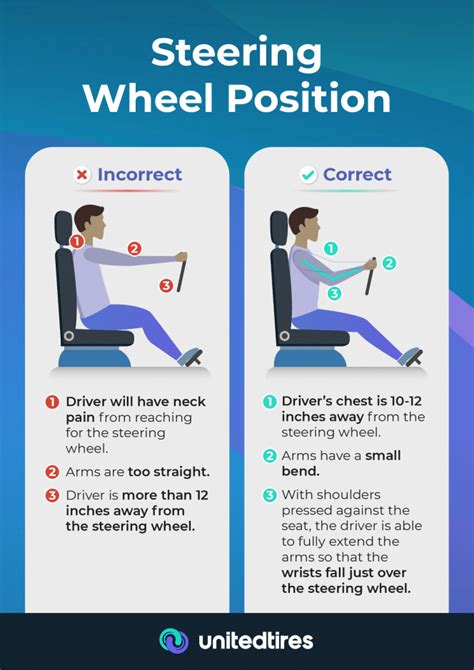Driving Comfort: The Alignment Factor
Driving comfort isn't just about a plush interior and a smooth ride. A significant, often overlooked, contributor to a comfortable driving experience is proper wheel alignment. Misaligned wheels can lead to a range of issues that directly impact how your car feels on the road, from subtle vibrations to significant handling problems. This article delves into the crucial role of wheel alignment in driving comfort, exploring its impact and addressing common questions.
What is Wheel Alignment?
Wheel alignment refers to the precise positioning of your wheels in relation to each other and the vehicle's frame. Three key angles are crucial:
- Camber: This is the angle of the wheel as viewed from the front. A negative camber means the top of the wheel leans inward, while positive camber leans outward. Ideally, slight negative camber is preferred for better grip.
- Caster: This measures the angle of the steering axis as viewed from the side. Positive caster contributes to steering stability and return-to-center feel.
- Toe: This refers to the angle of the wheels as viewed from above. Toe-in means the wheels point slightly inward, while toe-out points outward. Proper toe is essential for straight-line tracking.
When these angles are out of specification, your wheels are misaligned.
How Does Misalignment Affect Driving Comfort?
Misaligned wheels can significantly impact driving comfort in several ways:
- Vibration and Shaking: Perhaps the most immediate and noticeable effect of misalignment is vibration in the steering wheel, seat, and even the entire car, particularly at higher speeds. This is due to uneven tire wear and the wheels fighting against their incorrect positioning.
- Uneven Tire Wear: Misalignment forces tires to scrub against the road surface at unnatural angles, leading to premature and uneven tire wear. This not only costs money but also affects the ride quality as worn tires contribute to a rougher feel.
- Poor Steering Response: Misaligned wheels can make steering feel vague, imprecise, or even difficult. The car might pull to one side, requiring constant corrections, making the driving experience tiring and frustrating.
- Reduced Fuel Efficiency: The extra effort the car has to exert to overcome the resistance caused by misaligned wheels can lead to a decrease in fuel economy.
What Causes Wheel Alignment Problems?
Several factors can lead to wheel alignment issues:
- Potholes and Road Hazards: Hitting a pothole or curb can easily knock your wheels out of alignment.
- Aggressive Driving: Hard braking and cornering can stress the suspension and steering components, gradually misaligning the wheels.
- Normal Wear and Tear: Over time, components in your suspension system can wear down, affecting alignment.
How Often Should I Get My Wheels Aligned?
It's recommended to have your wheel alignment checked at least once a year or every 6,000-8,000 miles, depending on your driving habits and road conditions. If you notice any of the symptoms mentioned above, it's crucial to have your alignment checked immediately.
What Happens During a Wheel Alignment?
A wheel alignment service involves a technician carefully measuring the angles of your wheels and adjusting them using specialized equipment to meet the manufacturer's specifications.
Can I Feel a Slight Misalignment?
Yes, even a slight misalignment can be noticeable, particularly as a subtle pull to one side or a slight vibration. Ignoring these early signs can lead to more significant problems and increased costs later on.
How Much Does Wheel Alignment Cost?
The cost of a wheel alignment varies depending on your location and the type of vehicle, but it's generally a relatively inexpensive maintenance procedure.
Does Wheel Alignment Affect My Car's Handling?
Absolutely. Proper wheel alignment is crucial for optimal vehicle handling. Misalignment can lead to unpredictable handling, reduced responsiveness, and a less safe driving experience.
By prioritizing regular wheel alignment checks, you’ll significantly contribute to a smoother, more comfortable, and safer driving experience. Don't underestimate the impact this often-overlooked maintenance task has on your overall driving enjoyment.

